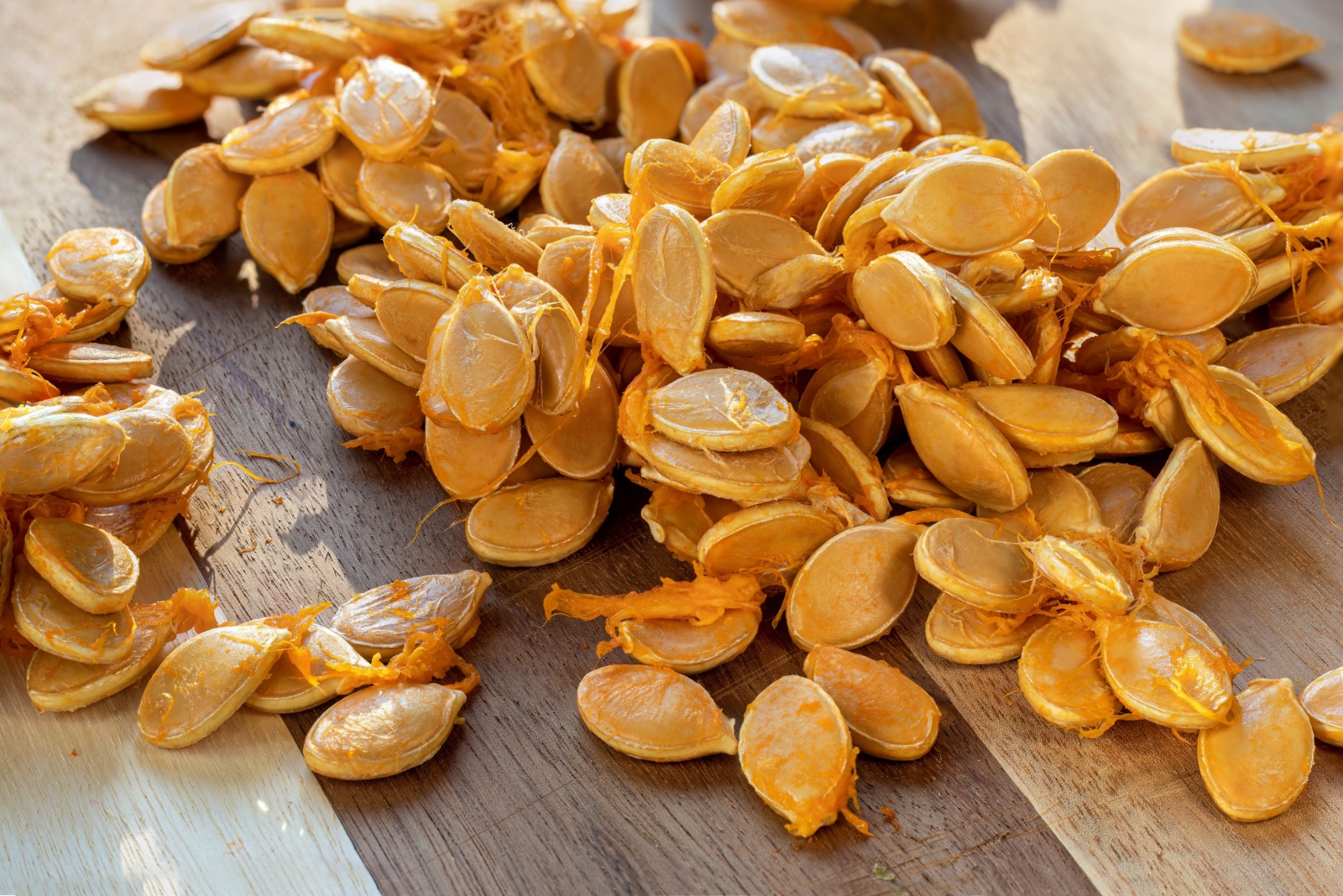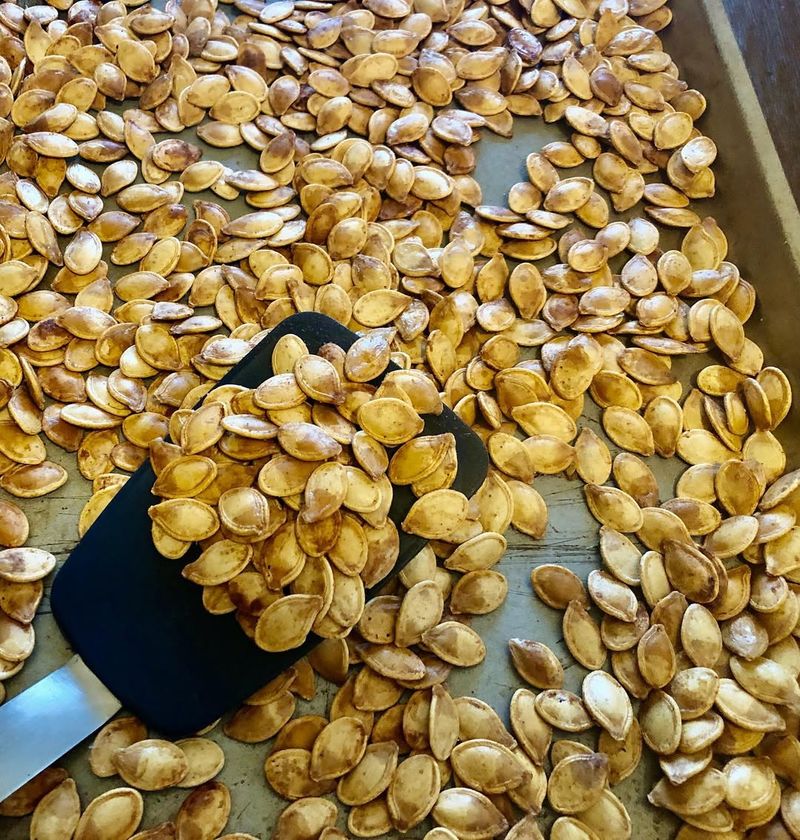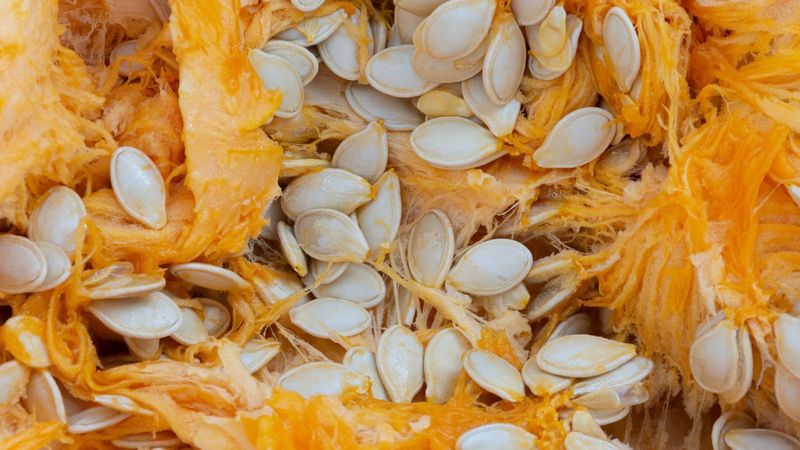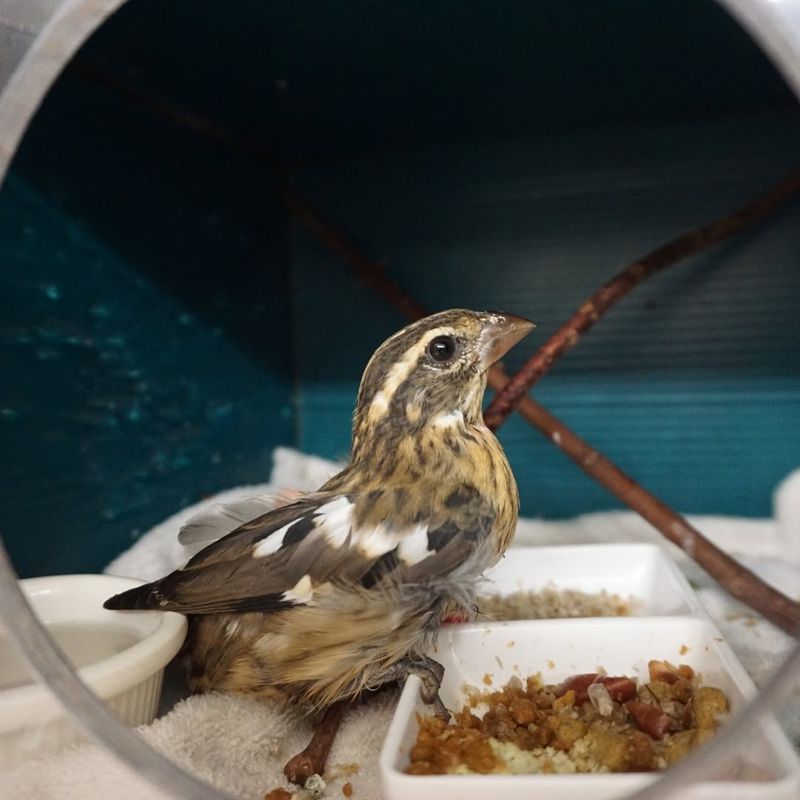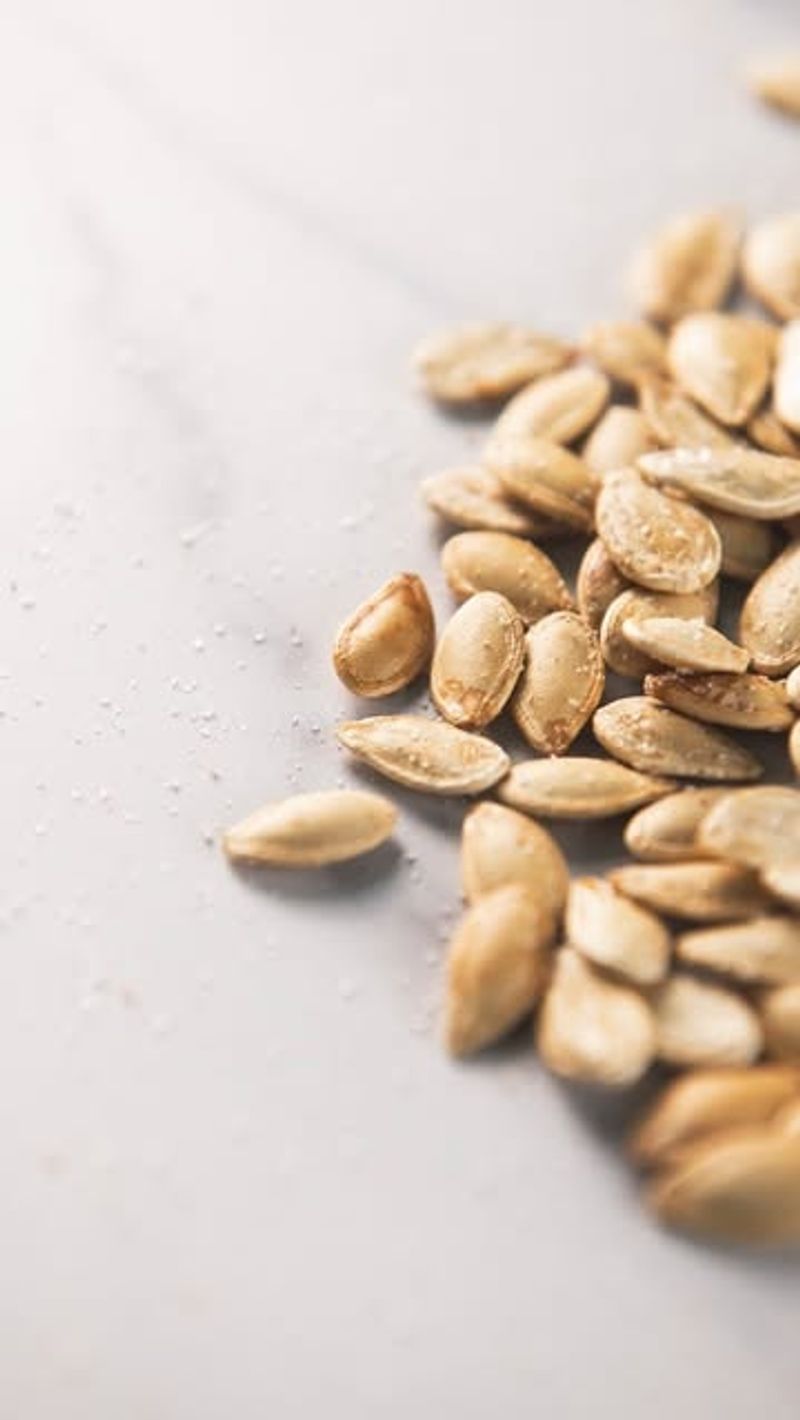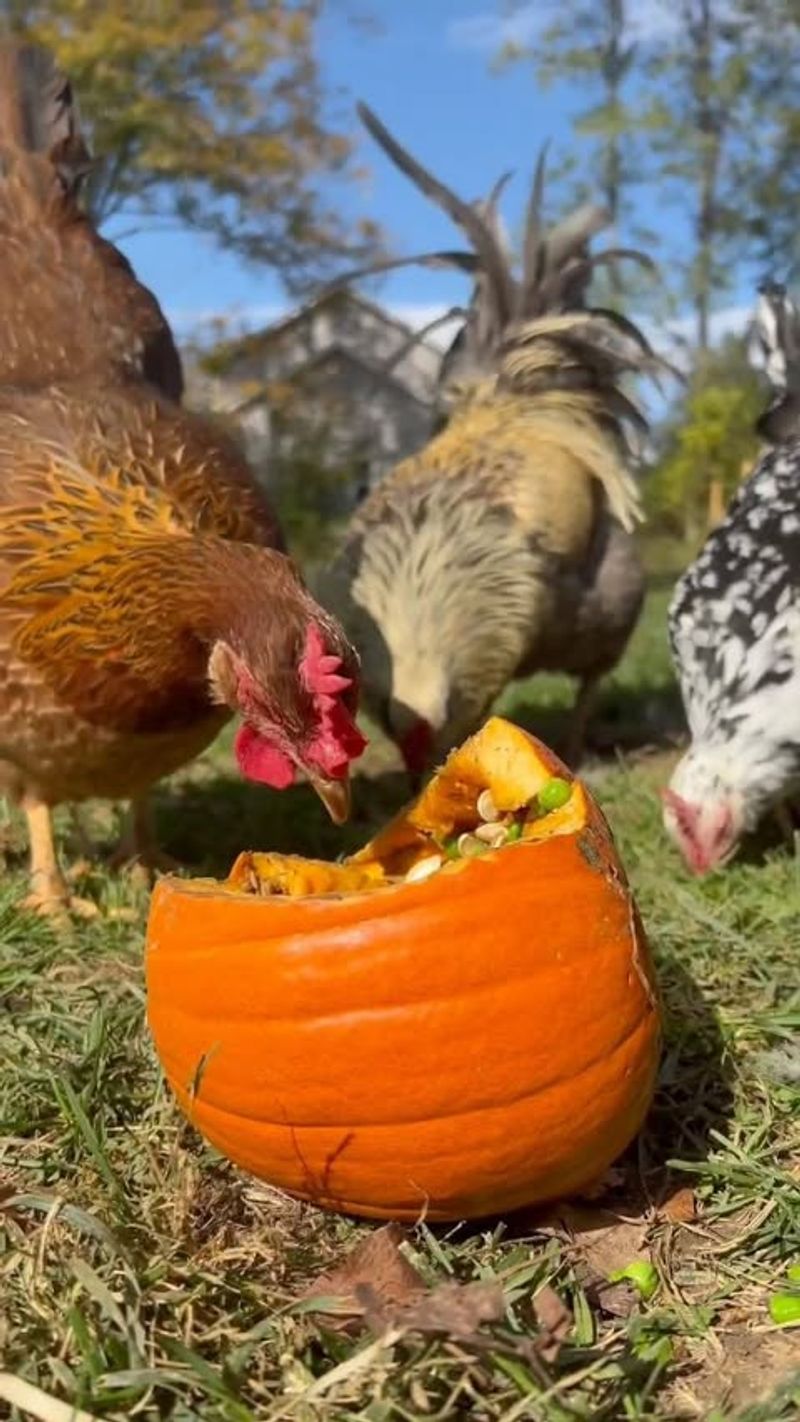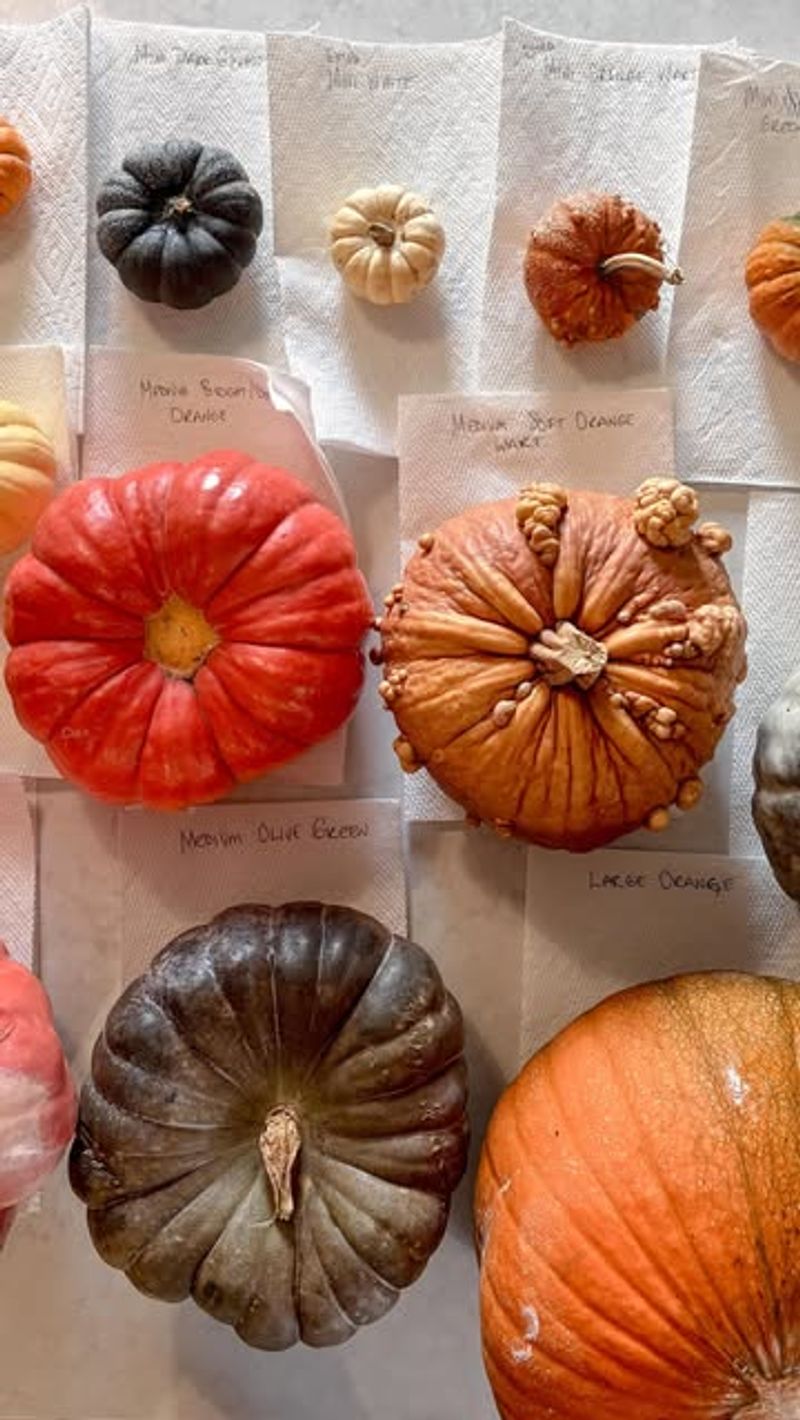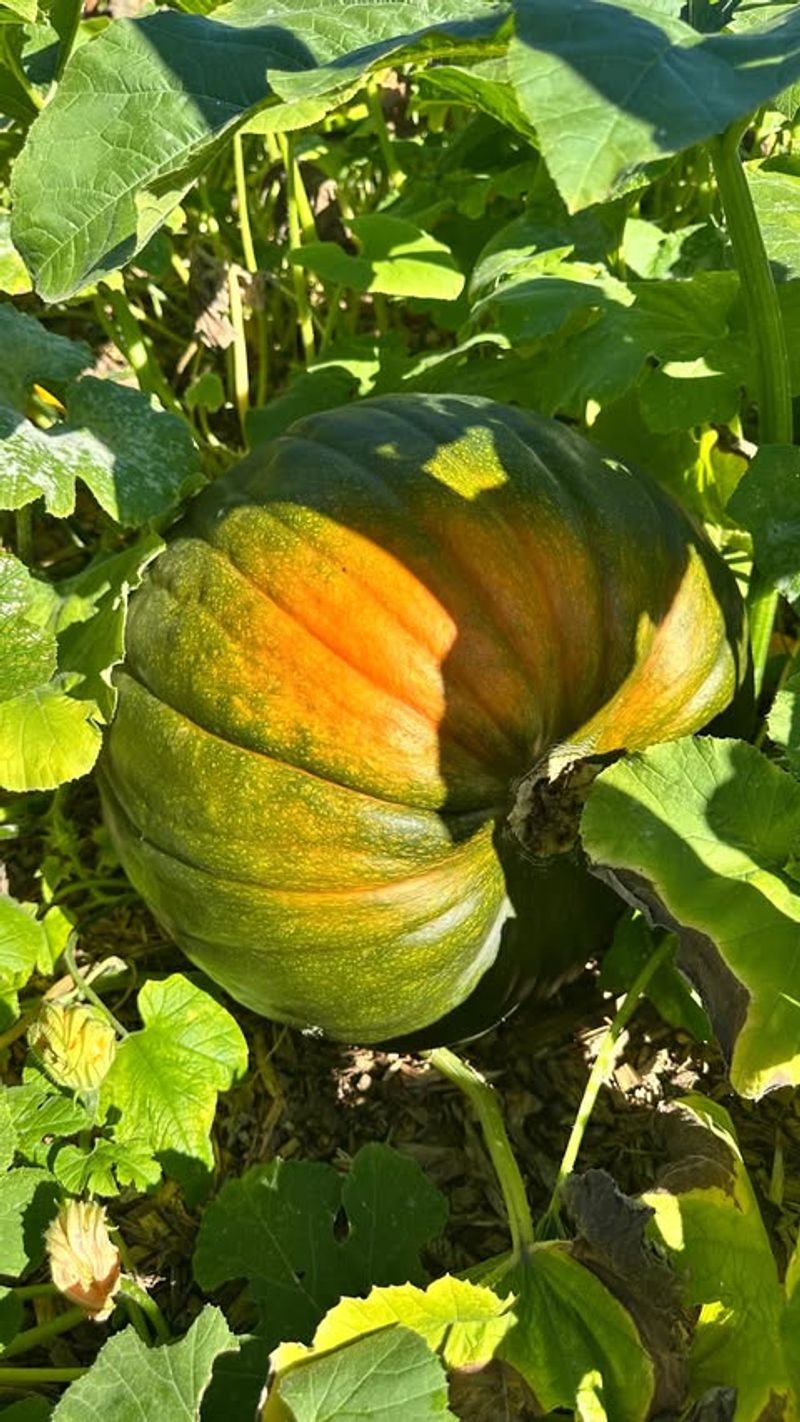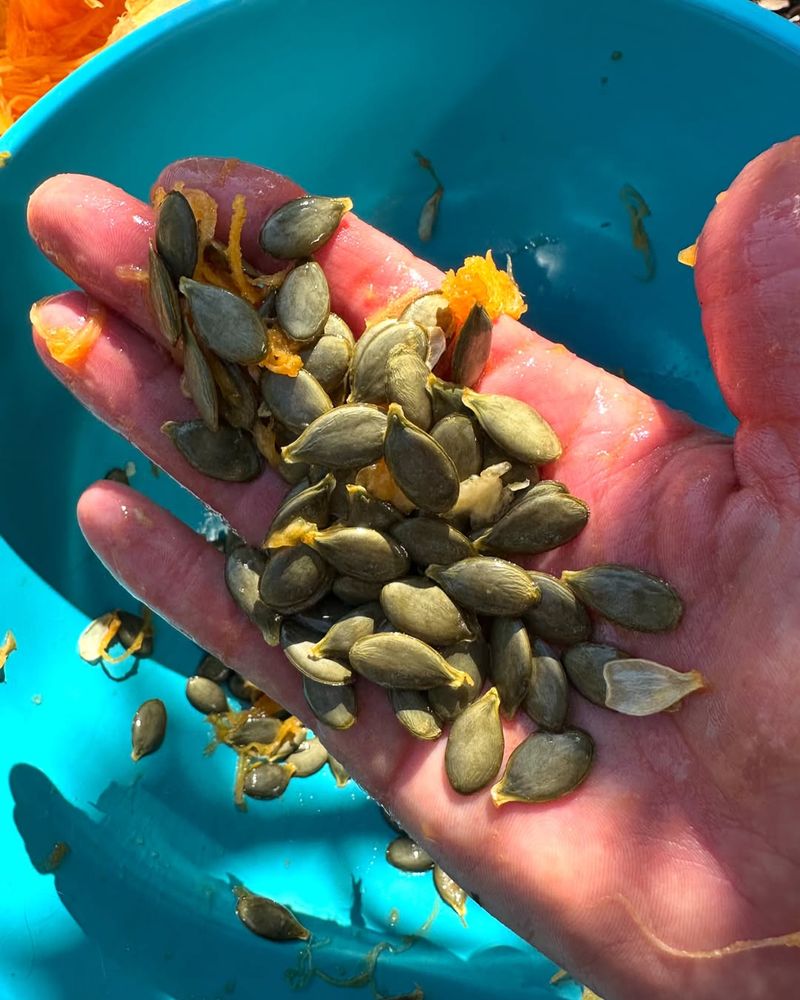Vermont gardeners know that pumpkin seeds are far more than just a fall snack. After carving jack-o-lanterns or harvesting pumpkins, those seeds become valuable tools for creating a healthier, more productive garden next season.
From enriching soil to attracting helpful insects, these humble seeds offer surprising benefits that make gardening easier and more rewarding throughout Vermont’s unique growing season.
1. Save Seeds For Planting Heritage Varieties
Preserving seeds from your best pumpkins creates a self-sustaining garden cycle. Many Vermont gardeners select seeds from their healthiest, most cold-tolerant pumpkins to plant the following spring.
This practice ensures your plants adapt better to local conditions over time. Store dried seeds in paper envelopes inside cool, dark places.
Label each variety with the harvest date and any special characteristics you noticed during the growing season for future reference.
2. Create Nutrient-Rich Compost Additions
Tossing pumpkin seeds into your compost pile adds valuable nitrogen and organic matter. The seeds break down gradually, releasing nutrients that feed beneficial microorganisms.
Vermont’s cool climate means compost takes longer to decompose, but pumpkin seeds contribute protein-rich material that speeds up the process. Crush or chop seeds before adding them to help decomposition.
Your finished compost will be richer and more balanced for spring planting beds.
3. Attract Beneficial Birds To Your Garden Space
Roasted or raw pumpkin seeds make excellent winter bird food that attracts chickadees, nuthatches, and other insect-eating species. These birds stick around Vermont gardens year-round, controlling pests when warm weather returns.
Fill feeders with unsalted seeds to keep feathered friends healthy and happy. Birds remember reliable food sources and return each season.
By feeding them through winter, you’re investing in natural pest control for next year’s garden.
4. Make Seed Meal For Soil Amendment
Grinding pumpkin seeds into meal creates a powerful soil amendment packed with phosphorus and potassium. Work this seed meal directly into garden beds before winter or early spring.
Vermont’s acidic soils benefit from the minerals pumpkin seeds release as they decompose. The meal also encourages earthworm activity, which improves soil structure naturally.
Use a food processor or coffee grinder to create fine powder that mixes easily into planting areas.
5. Feed Chickens For Better Egg Production
Backyard chickens love pumpkin seeds, which provide protein and natural deworming properties. Many Vermont homesteaders feed seeds to their flocks throughout fall and winter months.
The nutrients improve egg quality and shell strength, giving you better eggs for spring baking. Chickens produce nitrogen-rich manure that becomes excellent garden fertilizer after composting.
This creates a complete cycle where pumpkin seeds ultimately return nutrients to your garden beds through chicken waste.
6. Start A Seed Exchange With Neighbors
Organizing seed swaps builds community while diversifying your garden varieties. Vermont gardeners often trade pumpkin seeds along with other heirloom varieties at local exchanges.
You might discover unique pumpkin types that grow exceptionally well in your microclimate. These gatherings also provide opportunities to share growing tips specific to your region’s challenges.
Package your seeds in labeled envelopes with growing notes to help fellow gardeners succeed with your favorite varieties.
7. Plant As A Cover Crop Experiment
Some innovative gardeners scatter pumpkin seeds across empty beds as a living mulch experiment. The fast-growing vines shade soil, suppress weeds, and add organic matter when tilled under.
While not traditional cover crops, pumpkins work surprisingly well in Vermont’s short season if planted early enough. Their large leaves create a dense canopy that protects soil from erosion.
At season’s end, chop and drop the entire plant to decompose in place over winter.
8. Craft Seed Tape For Easy Spring Planting
Making seed tape during winter gives you perfectly spaced plantings when spring arrives. Glue pumpkin seeds onto biodegradable paper strips at proper intervals using flour paste.
This method works especially well for Vermont gardeners dealing with cold, muddy spring soil that makes precise planting difficult. Simply lay the tape in furrows, cover with soil, and water thoroughly.
Your seeds emerge evenly spaced, reducing thinning work and maximizing your limited growing season from day one.

